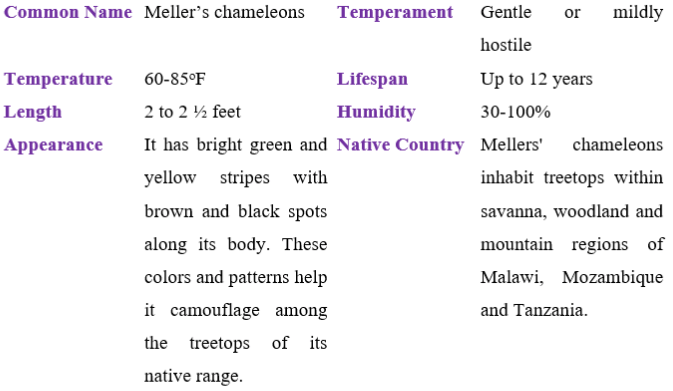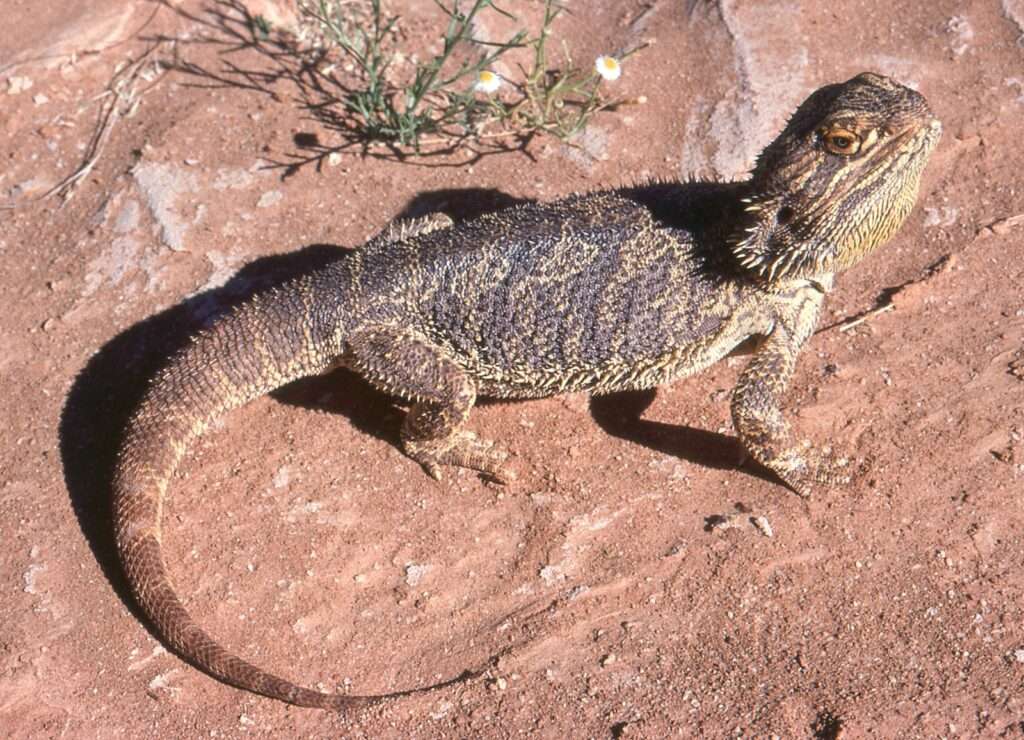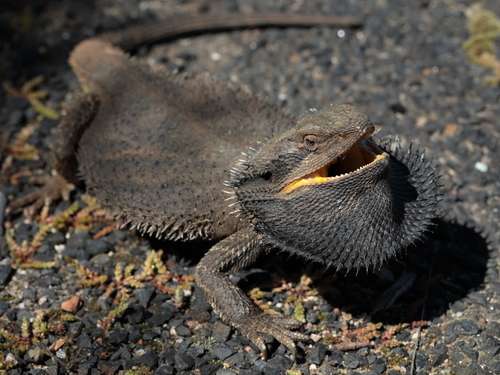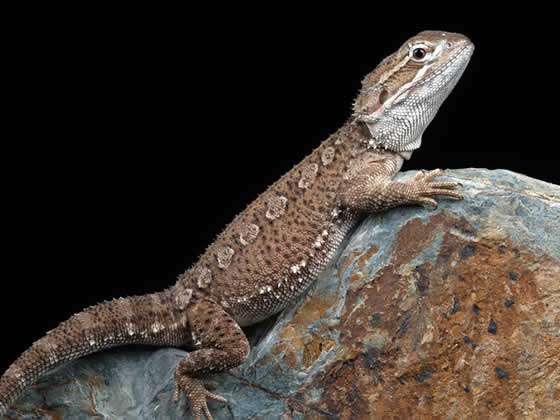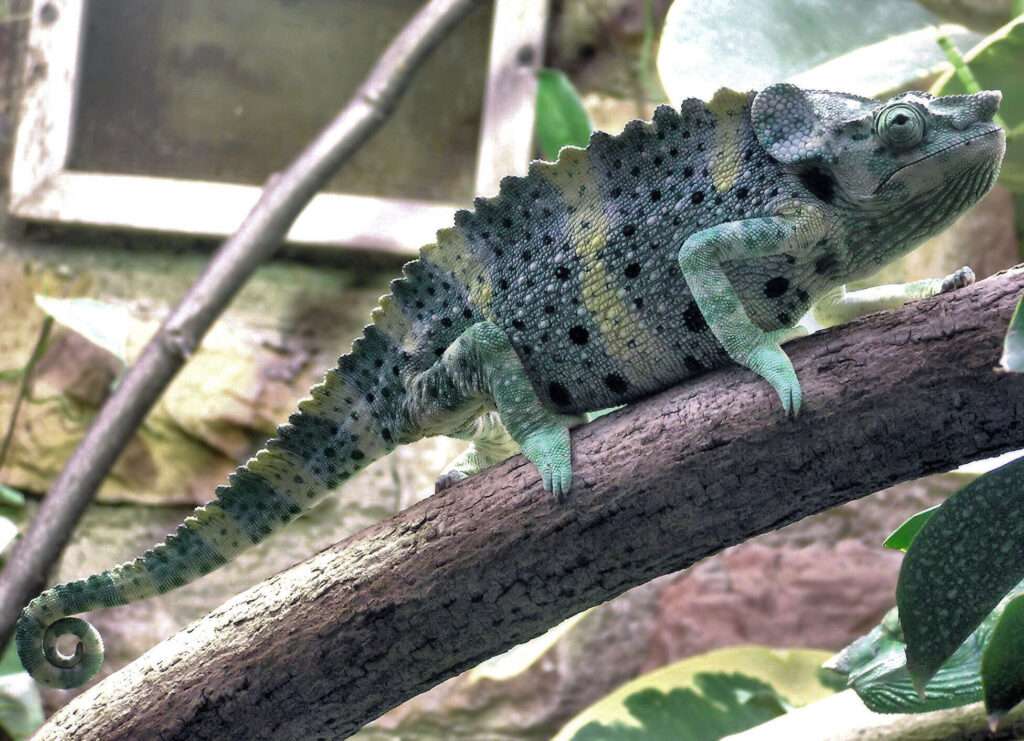
Description:
Scientific name: Trioceros melleri
Life span: Up to 12 years
Large male T. melleri, the largest chameleon from the continent of Africa, generally grows to a length of 24 inches (61 cm), but exceptionally huge individuals have reportedly grown to a length of nearly 30 inches (76 cm) and weighed 21 oz (600 g).
In general, females are smaller and have less pronounced dorsal and medial crests than males. Compared to other chameleons in its genus, this species’ head is more elongated and proportionately smaller to the rest of its body.
T. melleri has a thick body and a tail that is only about a third as long as its body. A strong medial crest runs from the lizard’s eyes to the tip of its snout, which is capped by a single tiny horn. A low, scalloped crest runs from just below the casque of the head through the proximal half of the tail. The occipital lobes on this chameleon are noticeably enlarged.
Native Region/Habitat
The bushy savannahs and interior mountains of East Africa are home to T. melleri, which can also be found in Malawi, northern Mozambique, and Tanzania.
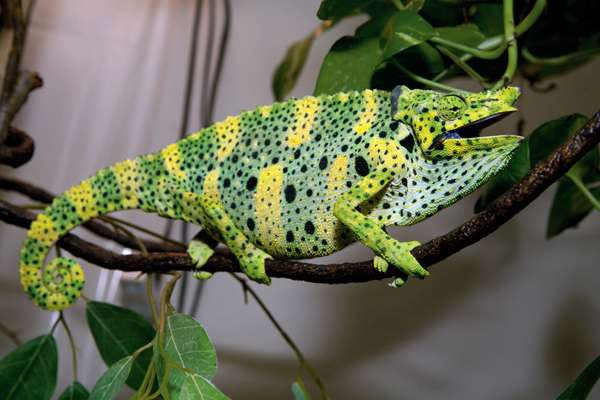
Behavior:
These chameleons are either gentle or mildly hostile to people. They frequently need a lot of training before becoming tolerant to people. As they are not accustomed to humans, animals captured in the wild may be more hostile than those kept in captivity.
Care As a pet/In captivity:
Some T. melleri specimens have been described as friendly, while others range from being shy to very somewhat aggressive towards humans. T. melleri wild-caught specimens have performed poorly in captivity; they are frequently imported with high parasite loads and have a high mortality rate. As long as particular conditions are satisfied, the species has been successfully bred in captivity and is advised for experienced hobbyists.
Given their size, a sizable enclosure is advised. In order to give the chameleon a sense of elevation in its habitat, one breeder advises positioning the animal’s cage above eye level.
For the reptile’s enclosure, high daytime temperatures of 80–85 °F (27–29 °C) are required. A nighttime temperature of the low 60s Fahrenheit (16 °C) is also advised to mimic the natural temperature variations of the creature’s native environment. They require a lot of water, and several dietary supplements are advised.
Table
